Made with just three ingredients, Oxymel is an ancient herbal elixir with antimicrobial and antioxidant properties that heal and soothe sore throats, coughs, and colds.
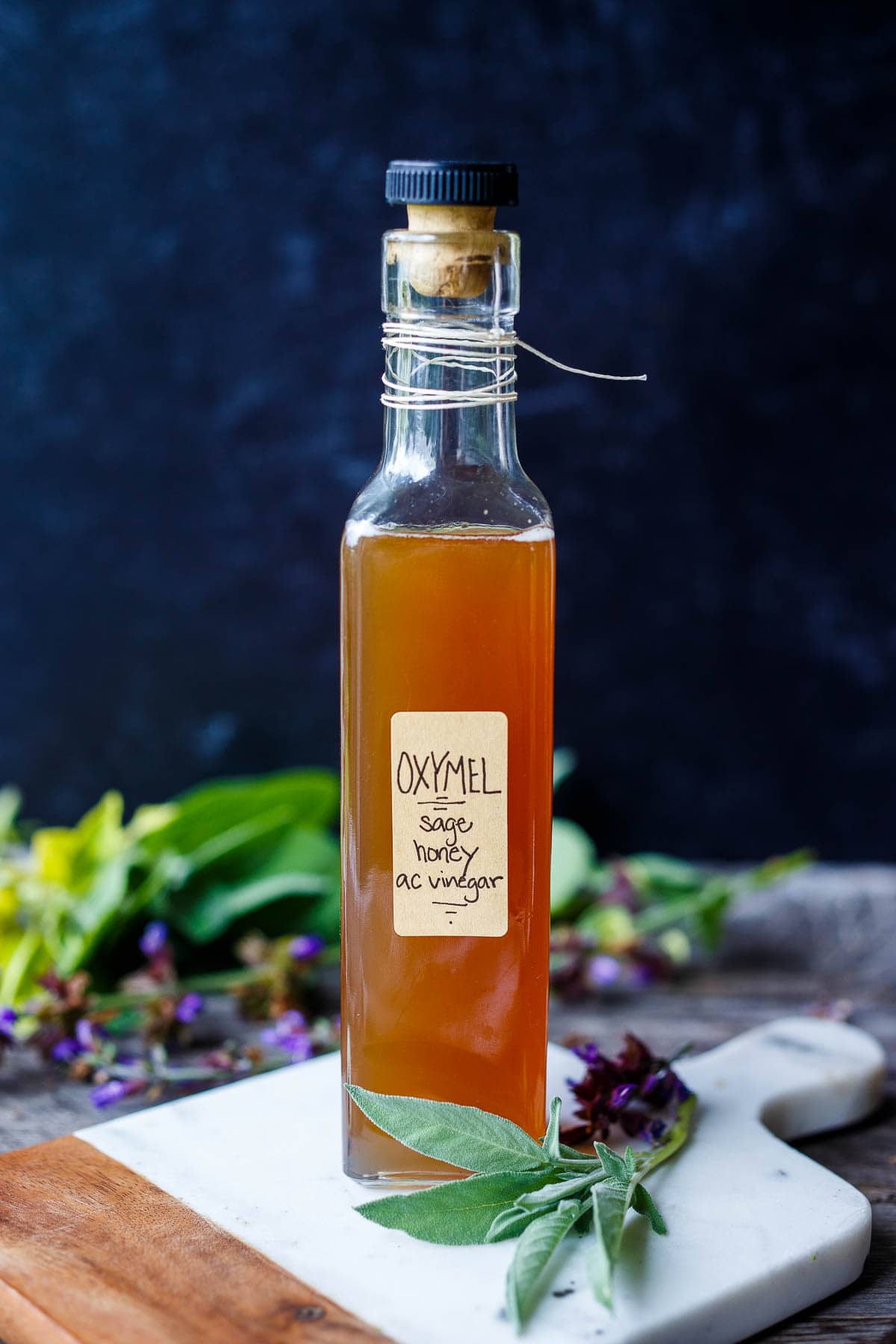
What if the world is holding its breath waiting for you to take the place that only you can fill?
David Whyte
What is Oxymel?
By definition, oxymel is a mixture of raw honey and vinegar. The word oxymel comes from the Greek “oxymeli,” which literally translates as acid and honey. Oxymels have been around for centuries, a classic medicinal elixir documented since the age of Hippocrates.
Simple to make at home, with just three ingredients, Oxymel takes very little time to put together. Perfect when sage is abundant in the garden and a lifesaver to have on hand. A simple, clean recipe made with common ingredients. Fresh garden sage, raw honey and raw apple cider vinegar are combined, and with a little bit of time, result in a very potent medicine!
I find making home medicines for my family and friends incredibly satisfying. I love the whole process from picking and gathering the plant material, to chopping and procuring. Having a few nourishing clean remedies on the shelf gives me peace of mind for treating some of our ailments that may arise in the future.
Table of Contents
I talk to the plants as I work with them, thanking them for their incredible nutrients and for the amazing healing they provide. Having a relationship with the plants around us connects us more deeply with the earth and ourselves. Mother Earth celebrates our healing and wants to nourish us!
I love using fresh sage for oxymel though you can also use dried sage leaves. As you chop the fresh leaves, take in the scent of the plant and whisper some healing intentions as you create this tonic. I promise you it will make your medicine so much more potent!
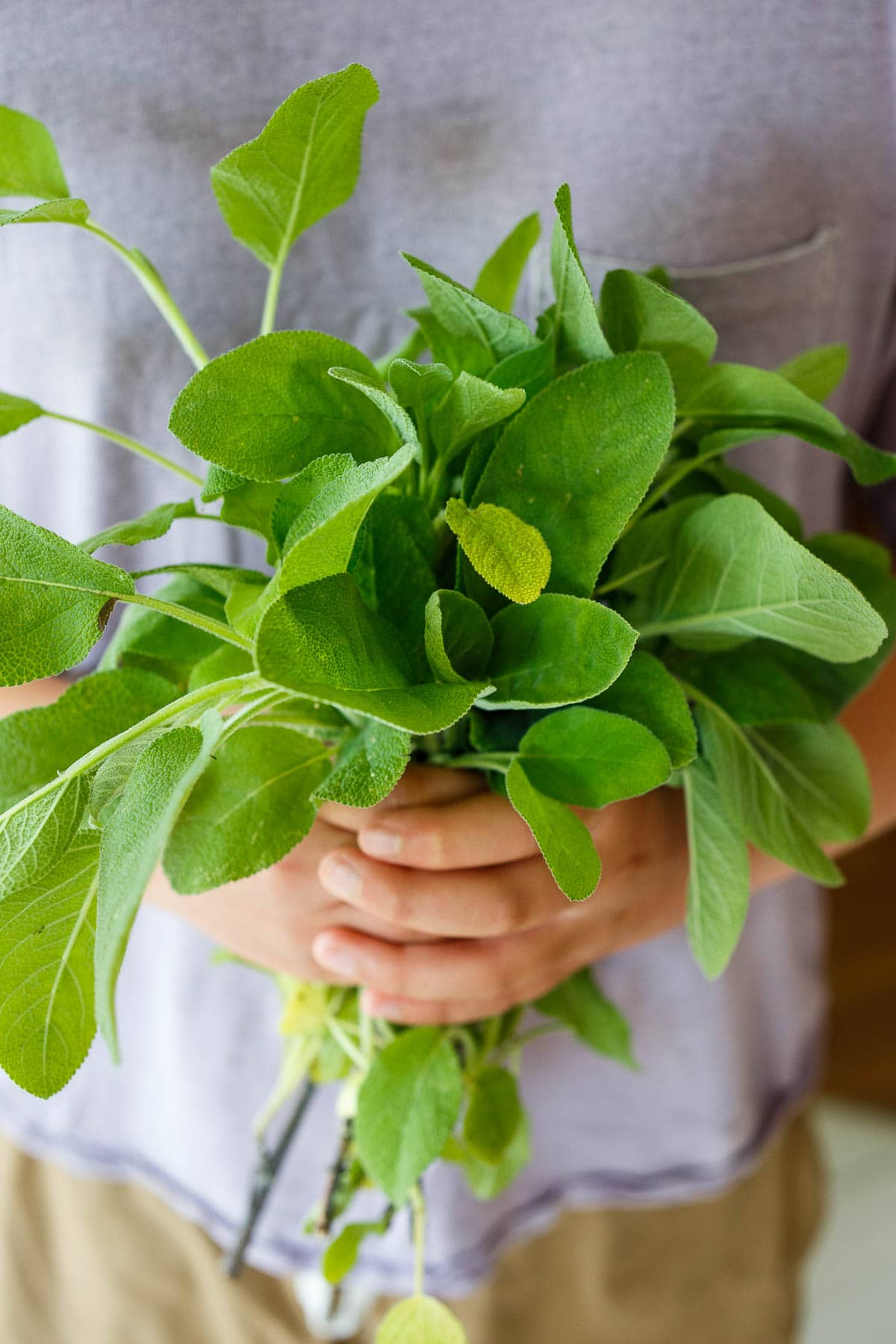
Why You’ll Love This
- Uses ingredients from the garden. If you have it, fresh sage is best and makes a huge difference in the potency. Plus, it’s so much more rewarding to use ingredients from your own backyard!
- Full of healing benefits. Oxymel may boost cognitive function, enhance memory and mood, reduce hot flashes, support the digestive system, and improve skin tone. It is best known for soothing a sore throat.
- Can be enjoyed in tea or sparkling water! Simply swallow a spoonful when you need a boost, or stir into tea for a warm, healing tonic. We like it in sparkling water for a refreshing and nutritious beverage!
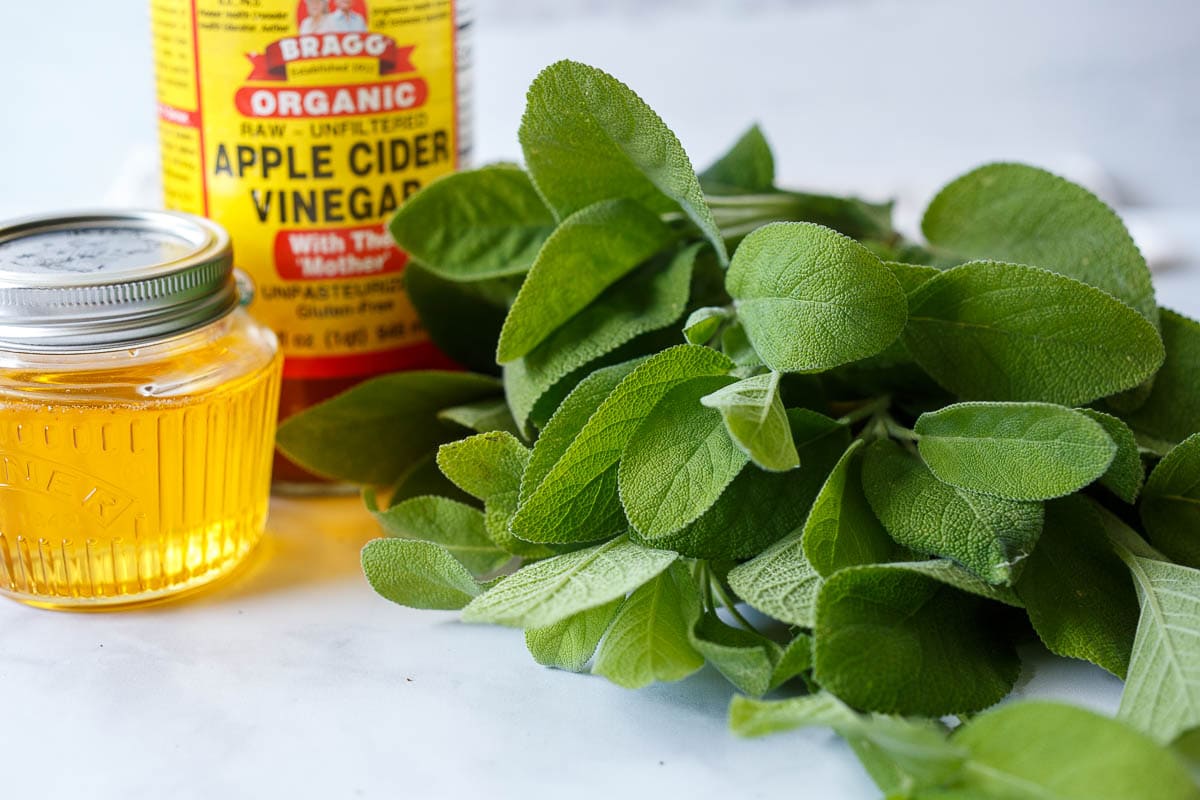
Oxymel Ingredients
- Fresh Sage: Rich in compounds with high antioxidant and anti-inflammatory effects. Sage is an astringent herb, creating an action that tightens the mucosal tissues. It tones swollen tissues, which brings relief.
- Raw Honey: Highly nutritious and has potent germ-fighting and antibacterial qualities.
- Apple Cider Vinegar: Boosts immunity, soothes dry throats, and improves digestive issues. Vinegar extracts the medicinal constituents, like minerals, from plants and inhibits the growth of dangerous microbes.
How to make Oxymel (Instructions)
STEP ONE- Chop up the sage fairly small so more of the plant can get extracted into the vinegar.
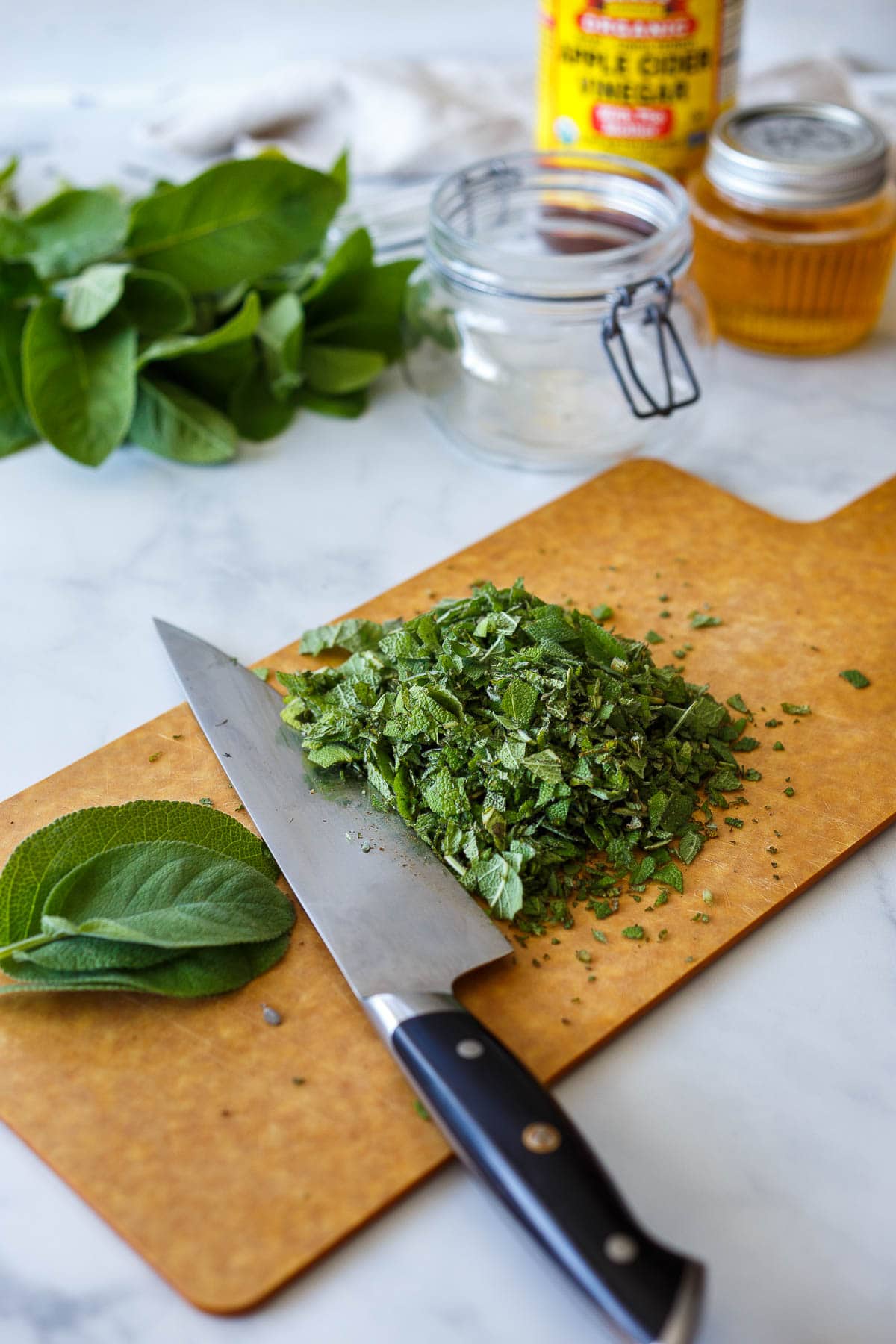
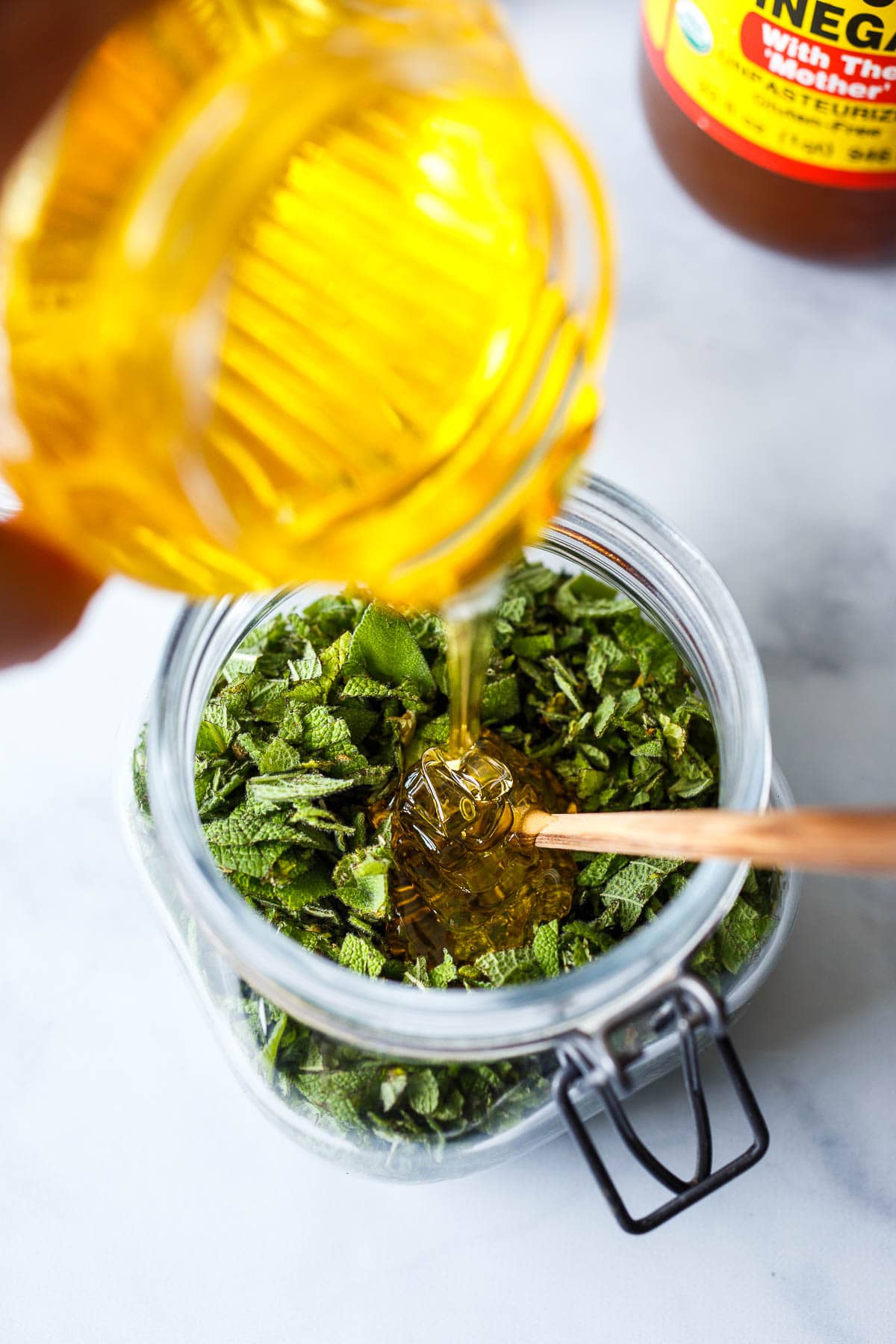
STEP TWO- Combine the sage and honey in a clean, sterilized pint jar.
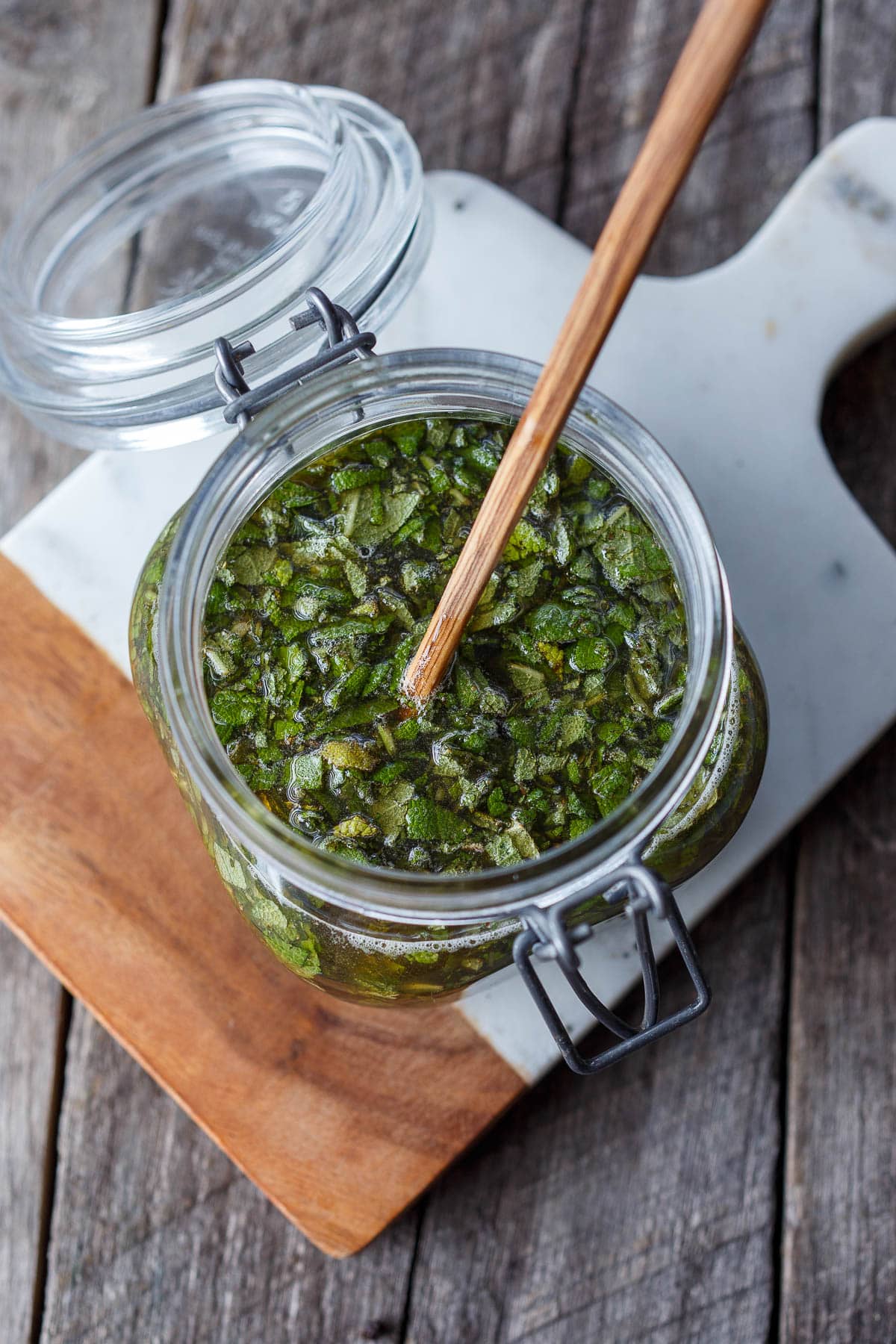
STEP THREE- As you pour in the vinegar, stir with a chopstick to release air bubbles. Make sure the sage is completely submerged with the liquid. You want at least 1/4″ of space at the top of the jar.
STEP FOUR- Store the jar in a cool, dry place for at least 2 weeks, shake it daily, and make sure the sage stays submerged.
STEP FIVE- Strain the mixture through a fine mesh strainer and pour into a bottle with a cork or sealed plastic lid.
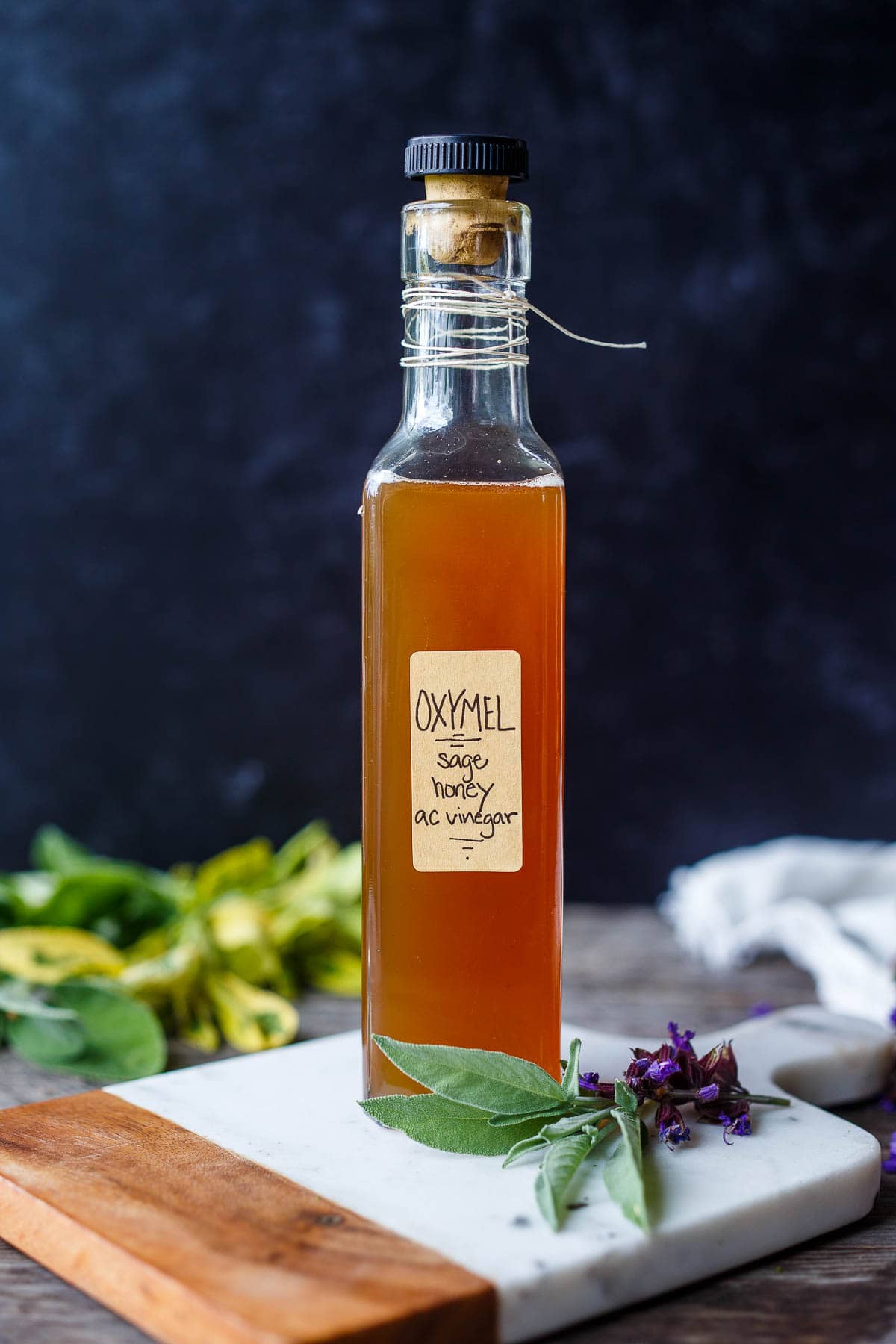
Storage Suggestions
Store Oxymel (made with fresh sage) in the refrigerator for up to 6 months. Oxymel, made with dried sage, is shelf-stable for up to one year.
Ways to use Sage Oxymel
- by the spoonful
- add a splash to hot water for a soothing tea
- add to sparkling water for a refreshing cooler
Health Benefits of Oxymel
Oxymel offers so many beneficial properties due to its potent combination of raw honey and vinegar!
- Boosts Immunity: Both raw honey and vinegar have immune-boosting properties. Raw honey contains antimicrobial compounds and antioxidants, while vinegar has antimicrobial and antibacterial properties. Consuming oxymel regularly can enhance your immune system.
- Soothes Sore Throat: Oxymel is well-known for its ability to soothe a sore throat. The combination of honey and vinegar helps to relieve inflammation and irritation in the throat, providing relief from discomfort.
- Improves Digestive Health: Apple cider vinegar, one of the key ingredients in oxymel, has been traditionally used to improve digestion. It aids in breaking down food and promotes the production of digestive enzymes, which can enhance overall digestive health and alleviate common digestive issues.
- Enhances Cognitive Function: Sage, an important ingredient in some variations of oxymel, has been associated with enhanced cognitive function. It may improve memory and mood, making it beneficial for brain health.
- Rich in Antioxidants: Oxymel contains antioxidant-rich ingredients, including vitamins. Antioxidants help to combat oxidative stress and reduce damage caused by free radicals, thus supporting overall health and well-being.
FAQs
Oxymel is best known for healing digestive issues or respiratory issues.
Honey and vinegar are both known to support the immune system and are excellent preservers. The oxymel will last a year or longer.
Depending on the ratio of part vinegar to parts honey, the taste can vary. The flavor of this recipe is like a honeyed vinegar. You may taste herbal vinegar or herbal honey thanks to the sage flavor. If your palate isn’t accustomed to taking vinegar straight, you can mix it with warm or sparkling water.
Enjoy creating this oxymel. May it bring you healing and relief!
Love this recipe? Please let us know in the comments and leave a 5-star ⭐️⭐️⭐️⭐️⭐️ rating below the recipe card.
More recipes you may enjoy
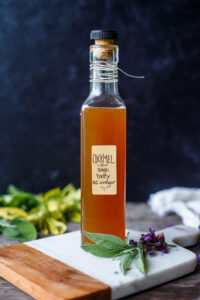
Oxymel (a respiratory tonic)
- Prep Time: 15 minutes
- Total Time: 15 minutes
- Yield: 1 1/2 cups
- Category: tonic
- Method: stirred
- Cuisine: American
Description
Made with just 3 ingredients this Sage Oxymel is an easy home remedy for throat and lung healing. Full of antimicrobial and antioxidant properties. Perfect to make when sage is in abundance and great to have on hand to heal and sooth sore throats, coughs and colds.
Ingredients
- 2 cups fresh sage, chopped small, or 1 cup of dried
- 1/2–1 cup raw honey (adjust to your desired level of sweetness)
- 1 cup raw apple cider vinegar
Instructions
- Combine the sage and honey together in a clean sterilized pint jar.
- As you pour in the vinegar, stir with a chop stick to release air bubbles. Make sure the sage is completely submerged with the liquid. You want at least 1/4″ of space at the top of the jar.
- Clean the rim and seal with a lid. If you are using metal lid (vinegar corrodes metal) place a piece of plastic wrap or parchment paper between the jar and the lid.
- Store the jar in a cool dry place for at least 2 weeks shake it daily, make sure the sage stays submerged.
- Strain the mixture through a fine mesh strainer and pour into a bottle with a cork or sealed lid.
Store in the fridge for up to a year.
Notes
Ways to take Oxymel
- by the spoonful-
- add a splash to hot water for a soothing tea
- add to sparkling water for a refreshing cooler
Note that sage is not recommended in large amounts in pregnancy and breastfeeding.
Nutrition
- Serving Size: 1 tablespoon
- Calories: 39
- Sugar: 5.9 g
- Sodium: 1.6 mg
- Fat: 0.4 g
- Saturated Fat: 0.2 g
- Carbohydrates: 9.4 g
- Fiber: 1.3 g
- Protein: 0.7 g
- Cholesterol: 0 mg
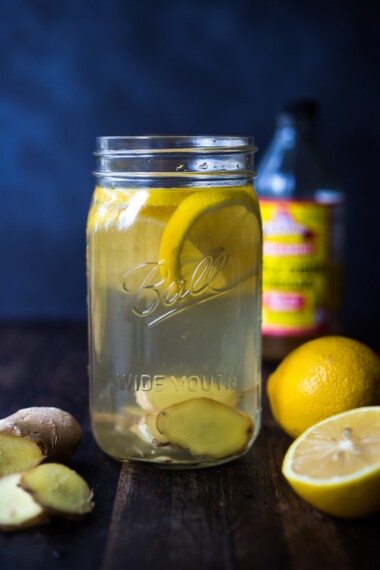
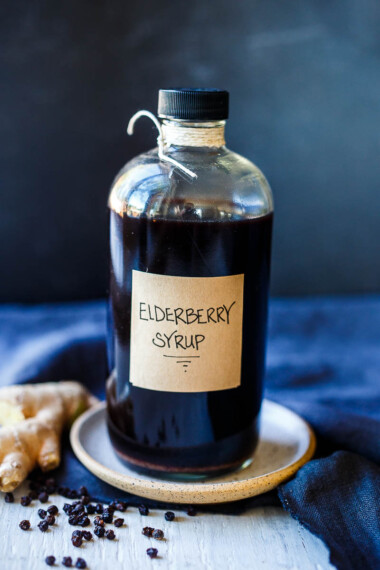
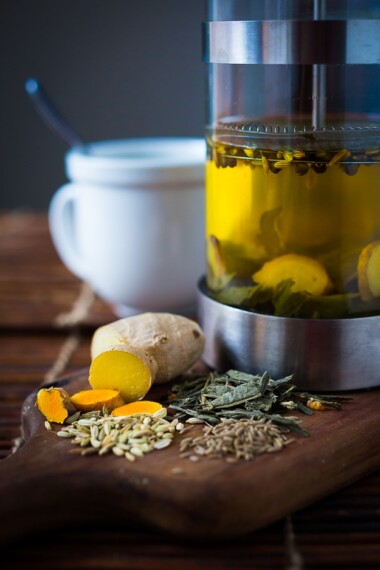
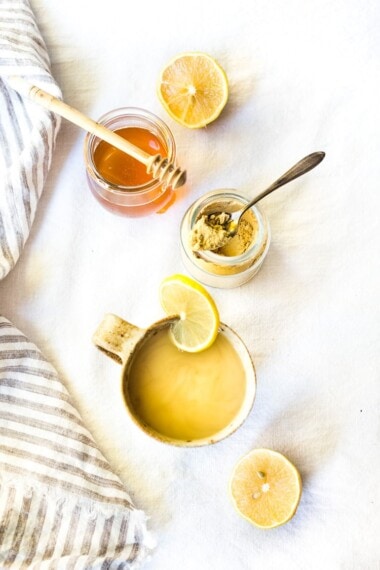


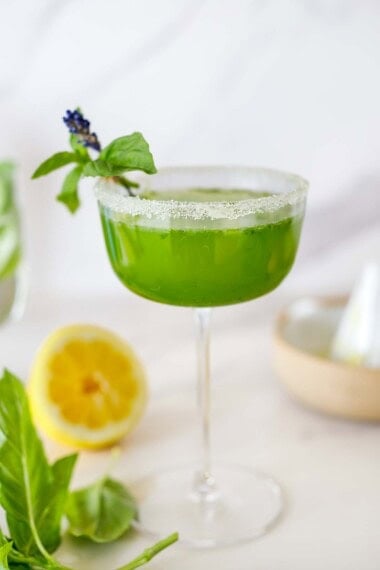
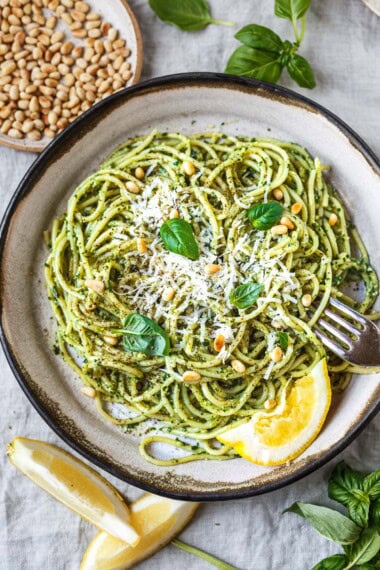


This was really soothing for a cough/sore throat. Wish I would have made a quadruple batch so I could have shared with more friends.
I’m so glad it helped Nancy! It keeps for a long time, making multiple batches is a great idea! Appreciate you taking time to review.
Hi there. I was wondering if there is a certain type of sage that should be used in this recipe or if any type will do. Thanks!
Any culinary garden sage will work!
Sorry to covey this comment but was Quite confusing and wasn’t explained how much vinegar also the sage leaves only.
Hi Alleson, When you scroll down to the very end of the post you’ll get to the recipe card and find all the measurements there. Also there is a button at the top of the post that will take you directly to the recipe card. 🙂
Is this safe for children 3 years and older?
Yes, just give a smaller dosage. Sometimes I add a little extra honey and hot water.
LOVE this tonic! I just made it yesterday and, well, we both have colds. I know that waiting at least two weeks is optimum – but can we dip in a bit before then? We could use it now – thanks to two adorable little grandbabies……😊
Yes Laura you can definitely use it now, it just gets more potent with time.
Does this need to be stored in refrigerator after it’s been open? And dosage please
I store in the fridge just to be safe. About 1 spoonful straight up, more if you add it to tea. It is the most beneficial to take small doses often rather than one larger dose.
I’m so glad I stumbled upon this recipe, I have an abundance of sage in my garden to use before everything freezes over. I have a strange question and not sure it matters too much, I could always use folk method… but I’m curious if you measure 2 cups sage before or after chopping since they lose so much volume? Thanks!! I love having cold-weather projects and can’t wait to whip this up!
Perfect Kera! 2 cups chopped sage. Have fun!
Just finished straining my second batch with this year’s sage harvest! I know metal lids are not to be used for the fermentation process, I’m wondering though if metal lids should be avoided for the long term storage as well? Thanks!
Yes, best to avoid metal, vinegar will erode. I find it gets on them even when not trying too.
I LOVE this oxymel – it’s so delicious and to know that it is literally doing me such good… I’m about to go into the garden to harvest more sage so that I have enough oxymel on standby for winter. Thank you!
Yay Felicity! Yes, feels so good to have a winters supply!
What kind of fresh sage should I use? There are many varieties online. I cannot find that amount (2 cups) locally in NJ. Any ideas where to purchase?
Garden sage (salvia officinalis is the botanical name)- any variety is fine. Farmers markets and local farms- you could try asking at your local health food market.
I’m going to make this tomorrow! Does it have to be refrigerated after it is finished or is it shelf stable? Thanks
Hi JoAnn, It is shelf stable. But also fine to keep in the fridge. 🙂
I’d really like to try this but have no idea where to get fresh sage. Maybe I’ll try growing it. By the way, Croatian friend of mine it a tennis couch and in his country athletes use honey and apple cider vinegar mixed in water as an energy drink. This leads me to believe your recipe would be great. Thanks
Hi Sago, I love that! Sage is a lovely plant to grow but in the meantime, do you have any famers markets where you live? You can ask them for fresh sage.
Love it! I grow many herbs and would enjoy more recipes using them.Some electuaries or tinctures? Thank you,Debbie
Nice Debbie! Great to hear this suggestion.
This will bring healing to many
Is this something you would take daily, or only when you’ve got a cough to soothe?
Usually at the onset of a sore throat and to soothe a cold and cough. Though I do take it on occasion just as a tonic.
As a singer I will try it to soothe my throat before practice !
Oh perfect Micheline!
I wonder if adding additional herbs would work with this. Oregano is an antibiotic & antiviral, turmeric is anti-inflammatory. Garlic is good for so much but may make the taste completely off putting.
Definitely can add more or different herbs!